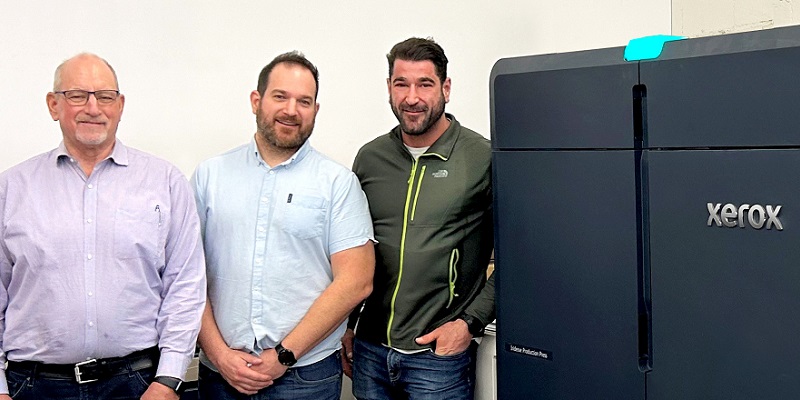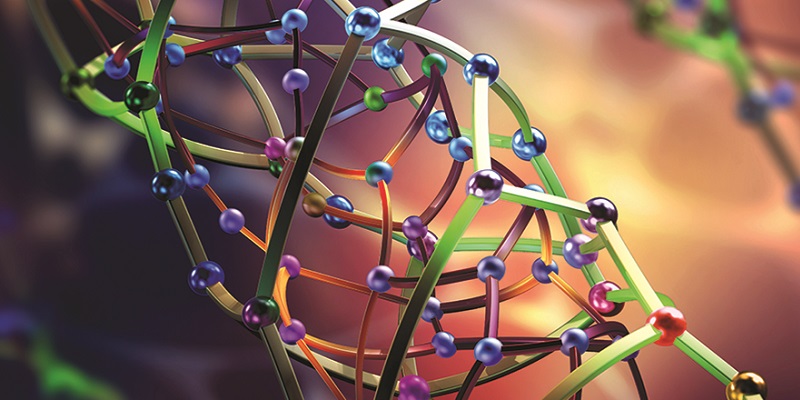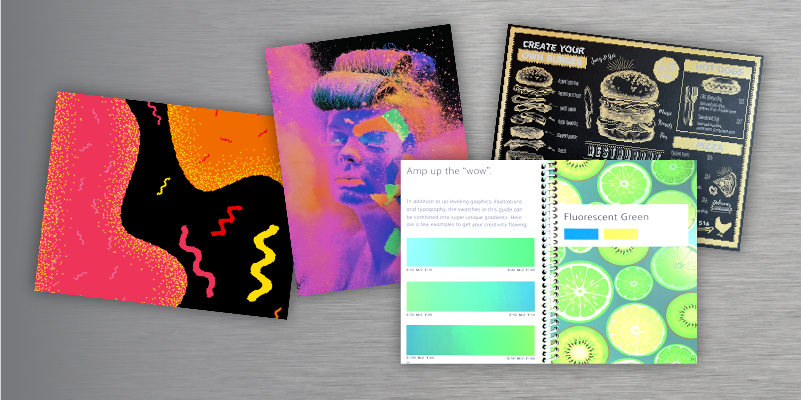What is digital printing?
Digital printing is the process of printing digital-based images directly onto a variety of media substrates. There is no need for a printing plate, unlike with offset printing. Digital files such as PDFs or desktop publishing files can be sent directly to the digital printing press to print on paper, photo paper, canvas, fabric, synthetics, cardstock and other substrates.
Digital printing vs. offset printing
Digital printing differs from traditional, analog printing methods – such as offset printing – because digital printing machines do not require printing plates. Instead of using metal plates to transfer an image, digital printing presses print the image directly onto the media substrate.
Digital production print technology is evolving quickly, and digital printing output quality is improving continuously. These advancements are delivering print quality that mimics offset. Digital printing enables additional advantages, including:
print-on-demand
cost-effective short runs
fast turnarounds
Digital printing vs. screen printing
Digital printers print an image directly onto the desired surface. Screen printing is a more manual process where ink must be applied to a mesh screen that is then pressed onto the media substrate. Digital printing is faster and capable of more detail, two reasons it’s often used to print packaging, direct marketing flyers, and books or magazines.
Digital printing technology
Most digital printing presses have historically used toner-based technology and as that technology quickly evolved, the print quality rivalled that of offset presses.
See the Xerox range of digital presses
In recent years, inkjet technology has simplified digital print accessibility as well as the cost, speed and quality challenges facing print providers today.
Learn about Production Inkjet Presses
Digital printing advantages and disadvantages
Digital printing technology excels at producing on demand and short print runs quickly and cost-effectively. Digital printing is also an ideal platform for personalization. If you want to easily modify images and messages using variable data printing (VDP), then digital printing is the only way to go. With advancements in print quality and speed, digital printing’s previous disadvantages are quickly disappearing, and digital printing machines are closing the gap on offset output.
See how XMPie can enabled personalized communication in print and other media
Watch a video about effective, personalized messages
Digital printing inks
Digital printing inks include cyan, magenta, yellow and black (CMYK) toner and ink, as well as extended color gamut inks such as orange, blue and green as well as specialty dry inks for metallic, white or clear effects.
Explore the creative possibilities enabled by an extended gamut and specialty colors
See the Xerox digital presses that can print with an extended gamut and specialty colors
Types of digital print media
Digital printing machines can print on everything from thick cardstock, heavyweight papers and folding cartons to fabric, plastics and synthetic substrates. T-shirt printing is a very popular digital printing application, and some digital printers can print on other fabrics besides T-shirts, including linen and polyester.
Learn how the Xerox iGen 5 can handle card stock and extra long sheets
Check Out the Xerox Digital Printing Portfolio
Related Articles

Combatting the Top five Production Operation Cost Drivers
Discover effective strategies to combat the top five production operation cost drivers in digital printing. Learn how to optimize your production processes and reduce costs with expert insights from Xerox.

40 Years Strong: Pronto Reproductions and Xerox Forge a Resilient Partnership in a Shifting Market
See how the partnership between Pronto Reproductions and Xerox continues to drive agility and growth in a shifting market with the Xerox® Iridesse® Production Press.

Spectrum Print Plus – The Business of Colour, Clients, and Commitment - Xerox
“After months of rigorous evaluation, the clear winner had been right in front of us all along—it was the Iridesse!”

Xerox® Iridesse® Presses: Empowering Clients with On-Demand Printing
See how Xerox® Iridesse® Presses helped a client meet complex client needs with on-demand printing, exact quantities, and specialty embellishments, all while maintaining high standards.

Virtual Designer Training: Xerox Adaptive CMYK+ Kit
Use popular digital embellishment techniques in your designs with adaptive CMYK+ kits on the Xerox Versant and Xerox PrimeLink Production Press

Unlocking Profits with Digital Embellishments
Get ready to dazzle your clients and boost your bottom line with this power training session from Xerox and Taktiful. Learn strategies to become more profitable marketing, pricing and selling Beyond CMYK applications.





